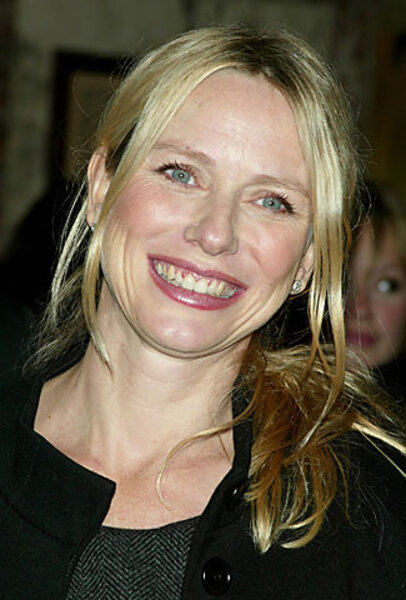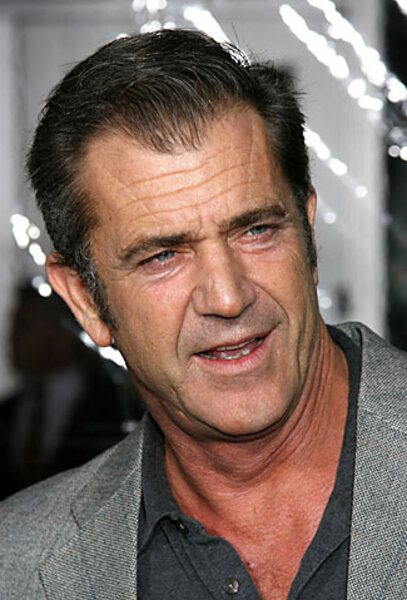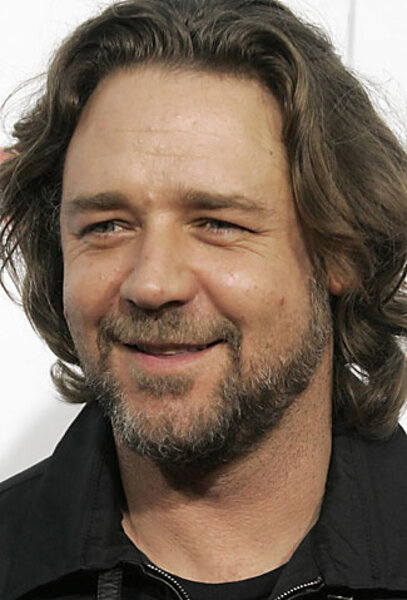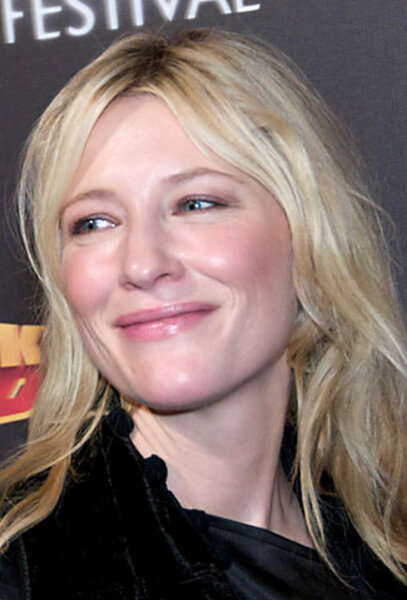Aussiewood reinvents itself
| Los Angeles
BEFORE AUSTRALIAN cinema faded into obscurity this century, it seemed to have everything going for it. For starters, the vast but sparsely populated continent has launched a disproportionate number of A-list actors: Mel Gibson, Naomi Watts, Heath Ledger, Russell Crowe, Nicole Kidman, and Cate Blanchett. Australia has produced directors of the caliber of Robert Luketic, Peter Weir, Gillian Armstrong, and Phillip Noyce. And, fittingly for the nation that created the world's first feature-length film, its cinematic legacy includes "Picnic at Hanging Rock," "The Man from Snowy River," "Muriel's Wedding," and "Shine." Indeed, "Babe" was so popular worldwide that its talking pig briefly threatened to eclipse the wallaby as Australia's most famous animal.
Nowadays, films from Down Under are going, well, down and under. Much of Australia's top talent has decamped to Hollywood. Antipodal films are rarely screened overseas. And, at a time when domestic film industries across the world are luring audiences away from Hollywood fare, home-grown Australian films accounted for less than 1 percent of the country's total box office in 2008 – the lowest share in 30 years.
But the release of Baz Luhrmann's epic "Australia," starring Kidman and Hugh Jackman, has raised optimism that Australia's film industry has the potential for a comeback. The Australian government, which funds most of the domestic industry, recently initiated a 40 percent rebate on the film budgets to encourage production, and it has consolidated the country's three film agencies into an entity called Screen Australia.
But there's widespread agreement that Australian films need to gear themselves to what audiences want to see. Given that the English-speaking nation enjoys American movies, Australian filmmakers face a fundamental quandary: How do you compete with Hollywood films yet still maintain a unique cinematic identity?
"We don't feel we should be copying Hollywood models – we don't think that's our strength," says Tait Brady, Screen Australia's executive director of marketing. "We are continually emphasizing that ... the way you break out is to be different."
A number of Australian films have appealed to both domestic and international viewers by adding an Australian twist to different genres. "Mad Max" was a road movie set in apocalyptic Australia, "The Man from Snowy River" was a Wallaby Western, and "Crocodile Dundee" boomeranged from Aborigine country to America and back for a fresh take on the fish-out-of-water comedy. But those successes are a thing of the past.
"In a curious way, Australian cinema ... seemed to shy away from genre, as if it wasn't quite respectable enough," says Brian McFarlane, author of "The Oxford Guide to Australian Cinema." "We had a lot of films that seemed preoccupied with projecting the national life and taking on big issues."
In recent years, the industry has been dominated by small-scale, personal films dealing with subjects such as immigration, dysfunctional families, and coming-of-age rites. Unfortunately, those ubiquitous dramas often lack, well, drama.
Case in point, a 2007 film called "Noise" focuses on a passive policeman tasked with solving two sets of horrific murders. But the laconic character just sits in a van while people in a community vent their frustration at him. In the end, he doesn't even solve the case. Its star, Brendan Cowell, later noted that in American stories, the protagonists feel a sense of crisis if they don't get what they're after. "In Australia, if they don't get what they want, it's kind of all right. And that's the problem," Cowell said in a 2008 documentary about Australian cinema titled "Into the Shadows."
A few commentators attribute that lack of cinematic tension to a generalized cultural trait: Australians are – crikey! – averse to conflict.
"Australia is a society that coheres around the middle and it's all based around everyone trying to agree with each other," says Lynden Barber, former artistic director of the Sydney Film Festival and a professional film critic.
Another reason many Australian screenplays sometimes eschew a classic storytelling structure, he says, is that filmmakers want to distance themselves from seeming too Hollywood-like.
There are commercially inclined filmmakers in Aussiewood. But instead of trying to make the next "Crocodile Dundee," they're making low-grade thrillers about killer crocs. Michaela Boland, Australia's correspondent for "Variety," can't fathom why more filmmakers aren't making comedies, since Australians love to laugh. This year's sole hit – albeit a minor one – is "The Black Balloon," a Toni Collette drama that delighted audiences with its humor. (It has a limited US release Dec. 5.)
But most of the scripts aren't good enough to compete with international fare, says Screen Australia's Mr. Brady. There's widespread consensus that the industry most needs to invest more time in rigorous assessment of screenplays. Eric Bana, for one, has indicated that he'd make more films in his home country if he were offered better material. The actor returned to the Outback to film 2007's "Romulus, My Father."
Several other Hollywood regulars, including Cate Blanchett, Guy Pearce, Radha Mitchell, Anthony LaPaglia, and Geoffrey Rush have recently starred in Australian productions, notes Susie Dobson, president of the Los Angeles-based organization "Australians in Film."
Another bright spot for the industry: Aussie crew members are flying back to the Southern Hemisphere to make Hollywood-financed blockbusters such as "Australia," "Happy Feet 2," and the X-Men spinoff, "Wolverine."
The weak Australian dollar, coupled with the cutting-edge production facilities, means that Australia is poised for a resurgence in location filmmaking, says Ms. Boland. Those overseas productions will give young Australian filmmakers invaluable experience. The challenge will be nurturing that talent.
In that regard, all eyes are on the newly created Screen Australia. Its CEO, Ruth Harley, only started on Nov. 17. But many are hoping the former head of the New Zealand Film Commission can revive Australia's filmmaking fortunes in the way that "Lord of the Rings" and "Whale Rider" turned New Zealand into a cinematic titan.
Things are already looking up. Brady says that 2009 has a strong slate of films that could ride the momentum of "Australia." Indeed, an Australian clay animation feature titled "Mary and Max" has just been chosen as the prestigious opener for January's Sundance Film Festival. One or two more hits could restore confidence in Antipodean fare.
The key is to make films with an emotional experience, says Tristram Miall, producer of "Strictly Ballroom" and "The Black Balloon." "That's the one area where you can compete with anybody, Hollywood included," says Mr. Miall. "You don't need megabudgets to do that, you just need a good story."








